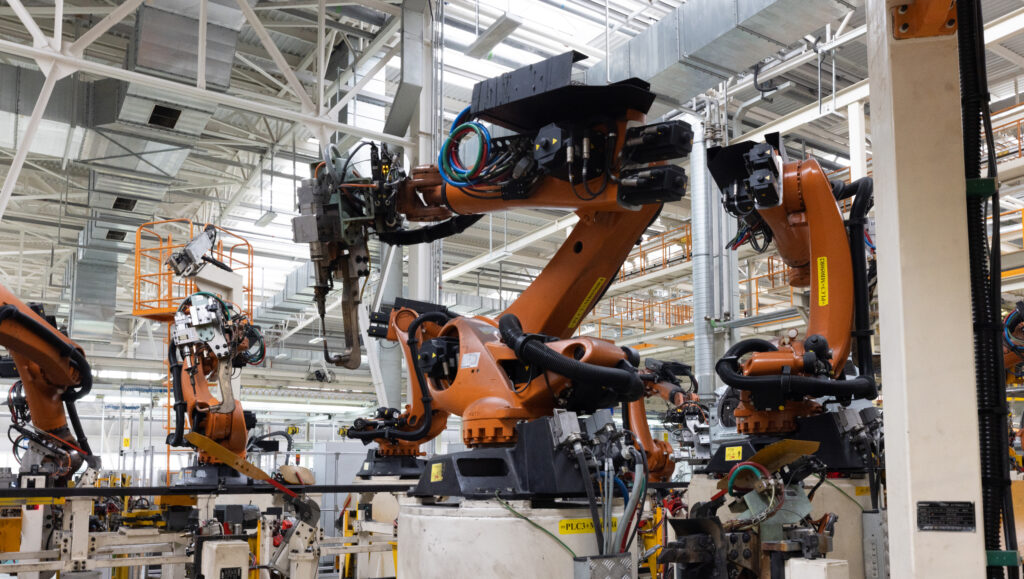In the expansive world of engineering, where every innovation holds the potential to revolutionize entire industries, patents stand as critical milestones marking the introduction of groundbreaking ideas. One such patent that has quietly shaped the landscape of engineering is US1338343A. This patent is not merely a document; it’s a testament to a brilliant piece of engineering that has left an indelible mark on technological advancements. This article delves deep into what US1338343A entails, the problem it addressed, its core innovation, and the lasting impact it has had on the engineering community.
Understanding US1338343A
US1338343A was filed during a time when technological solutions were fervently sought to optimize efficiency in manufacturing and production processes. The inventor behind this patent, driven by the need to enhance existing systems, introduced a method that would significantly improve industrial practices.
Technical Details
US1338343A encompasses an invention that optimizes a mechanical process to enhance productivity and reduce waste. Although the specifics are technical, the essence of the patent lies in its ability to streamline an existing procedure, making it not only faster but more cost-effective.
The Problem It Addressed

Before the introduction of US1338343A, the industry grappled with inefficiencies that slowed down production and increased costs. These challenges were particularly pronounced in the manufacturing sector, where outdated methods led to significant resource wastage.
Need for Innovation
The pressing need for a solution that could improve throughput and reduce waste without a complete overhaul of existing systems was evident. US1338343A emerged as a response to this demand, proposing an enhancement rather than a replacement of the current technologies.
Core Innovation and Its Mechanism
The innovation introduced by US1338343A lies in its simplicity—the patent describes a method to optimize a mechanical operation that was previously inefficient. By refining the existing process, the invention offered a practical solution readily adoptable across various industries.
Technical Breakthroughs
Although US1338343A did not introduce new materials or technologies, its approach to enhancing efficiency was revolutionary. It provided a framework that could be easily integrated into existing systems, thereby setting a new standard for operational excellence.
Impact on Engineering and Industry
The immediate impact of US1338343A was profound. Industries that adopted this patented method saw noticeable improvements in production speed and a reduction in costs due to less waste. This adoption not only boosted profitability but also increased competitive advantage.
Long-Term Influence
Over time, the principles laid out in US1338343A inspired further innovations and improvements in engineering practices. Its influence extended beyond the immediate applications, fostering a culture of continuous improvement and innovation.
Real World Applications

The practical applications of US1338343A are widespread. From automotive manufacturing to food processing and beyond, the principles of this patent have been adapted to enhance various mechanical and production processes. Its versatility and broad applicability have made it a staple in engineering curriculums and industry practices a like.
Legacy and Continuing Relevance
US1338343A is frequently cited in academic papers and textbooks as an exemplary case of practical innovation. It serves as a foundational learning tool for engineering students, emphasizing the importance of incremental improvements in existing technologies.
Inspiration for Future Innovations
The simplicity and effectiveness of US1338343A continue to inspire engineers to seek out small yet impactful changes that can lead to significant technological advancements. Its legacy is evident in the continuous refinement of engineering processes today.
Conclusion
US1338343A exemplifies how a simple yet effective innovation can have a far-reaching impact on technology and industry. By focusing on improving what was already in use, this patent not only solved an immediate problem but also paved the way for future advancements. In a world that often seeks complex solutions, US1338343A reminds us of the power of simplicity and efficiency.
FAQs
What is the main technical innovation of US1338343A?
- US1338343A introduced a method to optimize existing mechanical systems for enhanced efficiency and reduced operational costs, focusing on streamlining processes rather than overhauling equipment.
How did US1338343A improve industry practices upon its introduction?
- The patent provided a framework for improving throughput and reducing waste in manufacturing processes, which was readily adopted across multiple industries for immediate efficiency gains.
Why is US1338343A still relevant in modern engineering?
- Its principles of optimizing and refining existing systems remain fundamental in engineering, especially in an era where cost-effectiveness and sustainability are crucial.
Can the methodologies of US1338343A be applied to digital technologies?
- Yes, the underlying principles of process optimization and efficiency enhancement are applicable to the development and improvement of digital systems and software engineering.
What lessons can contemporary engineers learn from US1338343A?
- Engineers can learn the value of incremental innovation and the importance of building on existing technologies to solve current challenges effectively and sustainably.
For More Information Visit Creative News


